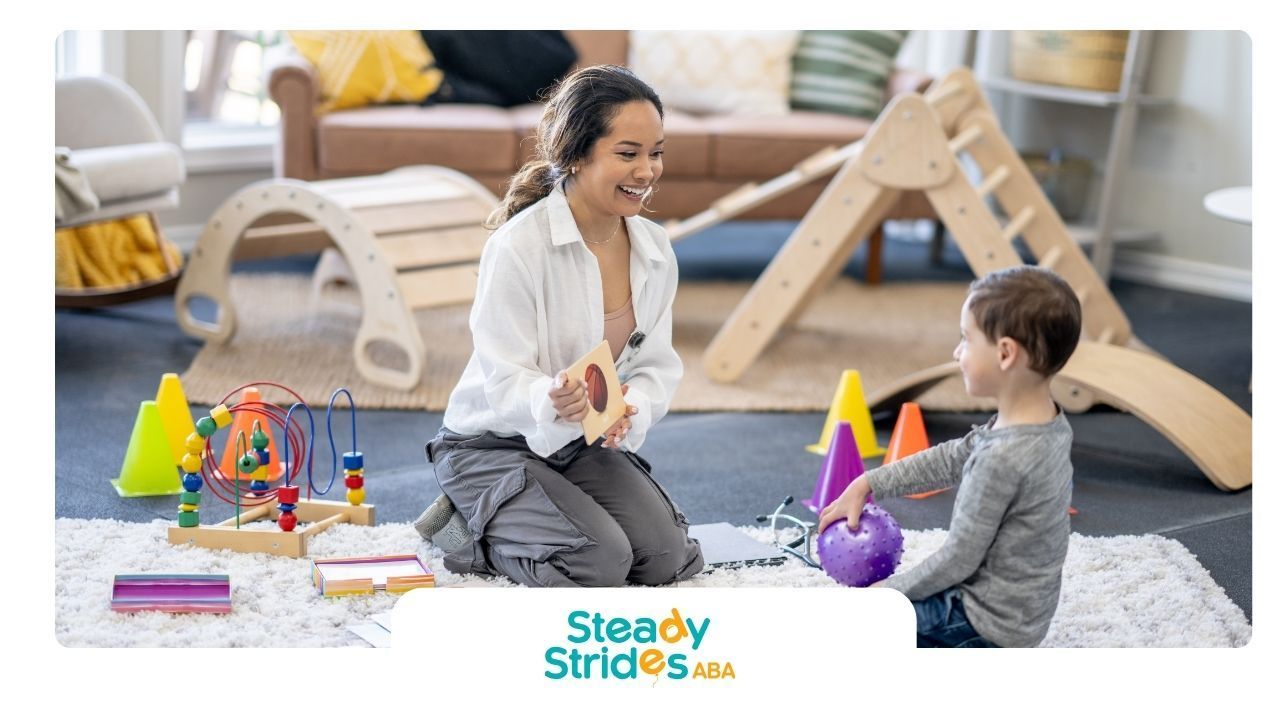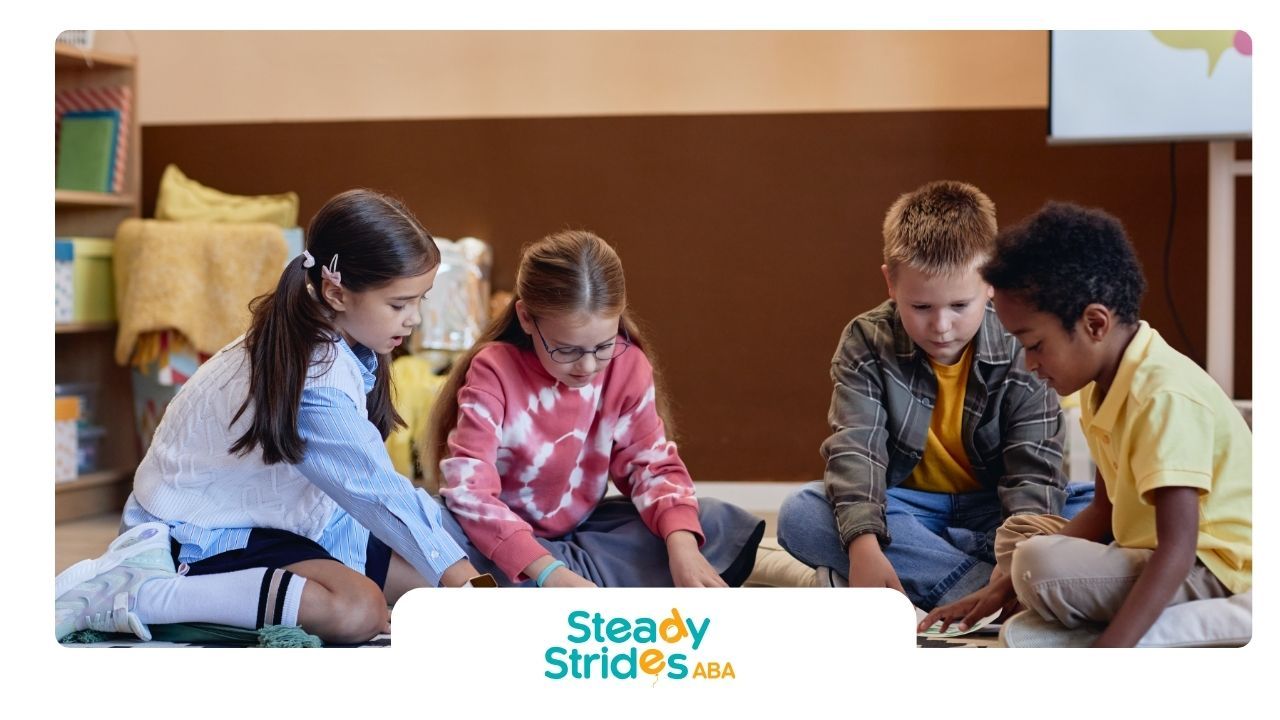Parenting a toddler comes with a myriad of challenges and joys, and when you have an autistic child, these experiences can be both intensified and unique. One common observation among parents of autistic toddlers is their tendency to be clingy. This behavior can be puzzling, especially if it differs from what is expected in neurotypical children. In this comprehensive guide, we will delve into why autistic toddlers may exhibit clinginess, what it means for their development, and how parents can support their child effectively.
Understanding Clinginess in Autistic Toddlers
Clinginess in toddlers, including those with autism, is a behavior characterized by a strong attachment to their caregivers. This can manifest as needing constant physical proximity, displaying separation anxiety, or showing distress when separated from their primary caregivers. For autistic toddlers, clinginess can be linked to several factors associated with their condition.
Sensory Sensitivities
Autistic children often experience heightened or diminished sensory sensitivities. These sensitivities can make the world feel overwhelming or unpredictable. Clinginess might be a way for autistic toddlers to seek comfort and reassurance from their caregivers in a world that feels chaotic or challenging.
Communication Challenges
Communication difficulties are common in autism. When a toddler struggles to express their needs or emotions verbally, they may resort to clinginess as a way to communicate their distress or need for comfort. This behavior can be particularly evident during times of change or stress.
Social Interaction Preferences
Autistic toddlers may have different social interaction preferences compared to their neurotypical peers. They might find it challenging to engage with others or navigate social situations, leading them to seek more frequent reassurance and closeness from their caregivers.
Routine and Predictability
Routine and predictability are often comforting for autistic individuals. Changes in their environment, daily routine, or caregivers can cause anxiety. Clinginess can be a response to these changes, as the child seeks to maintain a sense of stability and security.
How Clinginess Affects Daily Life
Clinginess can impact various aspects of daily life for both the toddler and their family. Understanding these effects can help parents and caregivers develop effective strategies to manage and support their child's needs.
Impact on Social Interactions
Autistic toddlers who are clingy may find it difficult to engage with peers or participate in group activities. Their need for constant proximity to their caregiver can limit their opportunities for social interaction and play with other children.
Effects on Family Dynamics
Clinginess can create challenges within family dynamics. Caregivers might feel overwhelmed by the constant need for physical presence, and siblings may feel neglected or frustrated. It's important for families to find a balance that addresses the needs of all members.
Influence on Developmental Milestones
While clinginess itself does not hinder developmental milestones, it can affect how and when a child engages in new experiences. For instance, a clingy toddler might resist participating in activities that promote independence or social skills.
Strategies to Support Autistic Toddlers
Supporting an autistic toddler who exhibits clinginess involves understanding their unique needs and finding ways to provide comfort while encouraging growth. Here are some strategies that can help:
Establish Consistent Routines
Autistic children often thrive on consistency. Establishing predictable routines for daily activities, transitions, and interactions can help reduce anxiety and provide a sense of security. Use visual schedules or social stories to help your child understand what to expect.
Create a Comforting Environment
Design a safe and comforting environment that caters to your child's sensory needs. This may involve creating a designated calming space, using sensory-friendly toys, or minimizing environmental stimuli that could be overwhelming.
Encourage Gradual Independence
While it's important to offer reassurance, gradually encouraging your child to engage in independent activities can help build their confidence. Start with short periods of separation and gradually increase the time as your child becomes more comfortable.
Use Positive Reinforcement
Positive reinforcement can be a powerful tool in encouraging desired behaviors. Praise and reward your child for moments of independent play or successful interactions with others. This approach can help motivate your child to explore new experiences.
Communicate Effectively
Find alternative ways to communicate with your child if verbal communication is challenging. Use visual supports, gestures, or communication devices to help your child express their needs and feelings. This can reduce frustration and reliance on clinginess.
Seek Professional Support
Consulting with professionals such as pediatricians, occupational therapists, or speech therapists can provide additional insights and strategies tailored to your child's needs. Early intervention services can also be beneficial in addressing specific challenges.
Addressing Common Concerns
Parents of autistic toddlers may have specific concerns about their child's clinginess and its implications. Addressing these concerns can help alleviate worries and provide a clearer understanding of the behavior.
Is Clinginess a Sign of Something Wrong?
Clinginess is not necessarily a sign of something wrong; it is often a normal part of an autistic child's development. However, if clinginess is accompanied by other concerning behaviors or developmental delays, it may be helpful to consult with a healthcare professional for a comprehensive evaluation.
How Can I Manage My Own Stress?
Parenting a clingy toddler can be demanding. It's important to prioritize self-care and seek support from family, friends, or support groups. Managing your own stress can help you remain patient and responsive to your child's needs.
When Should I Seek Professional Help?
If clinginess becomes severe or impacts your child's ability to participate in daily activities or social interactions, seeking professional help may be beneficial. Early intervention can provide valuable support and strategies to address specific challenges.
Conclusion
Understanding why autistic toddlers may be clingy involves recognizing the unique factors associated with their condition, including sensory sensitivities, communication challenges, and a need for routine. By implementing supportive strategies, creating a comforting environment, and seeking professional guidance when needed, parents can help their child navigate these behaviors while fostering their growth and development.
For personalized support and resources tailored to your child's needs, consider reaching out to professionals who specialize in autism and developmental therapy. At Steady Strides, we are dedicated to providing comprehensive support for families and individuals navigating the complexities of autism and early development.













